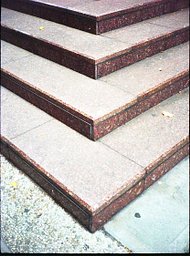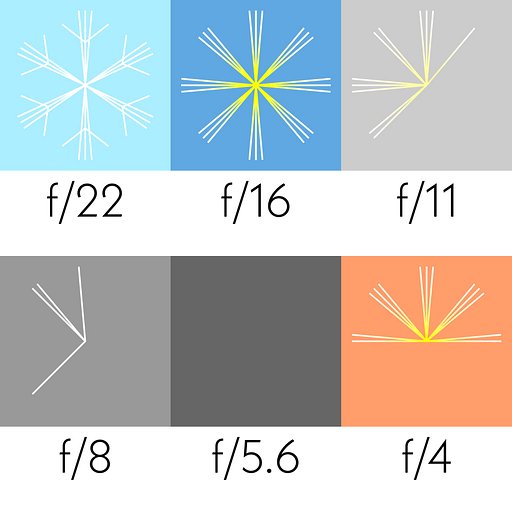What is the difference between a full-frame and half-frame camera?
Full-frame film cameras create an image across the entire 36 mm by 24 mm frame. Whereas half-frame cameras can fit two images onto one frame and each image measures 18 mm by 24 mm. This means that you can get more photographs on one roll of film. If you have a 36-exposure roll of film, you can get 72 photographs on that roll. If you have a 24-exposure roll, you will get 48 images.
Both full-frame and half-frame cameras can use the same 35 mm film stocks.
Half-frame cameras are a great way to save money and get as many photos from a roll of film as possible. This is especially helpful for beginners who may want to experiment more and give themselves the freedom to make mistakes without spending a fortune on film.
Half-frame cameras are usually compact in size and easy to use thanks to their automatic settings. These features also make them ideal for beginner film photographers.
Due to their smaller image size, photos from half frame cameras will contain noticeably bigger grain. If you are planning to make large prints of your photographs it may be better to use a full frame camera to give yourself sharper and higher quality images.

Anything missing?
Can’t find an answer to your question? Or do you have some useful advice to add to one of our courses? We want to build the world’s largest analogue learning space, so please send any further requests or information to school@lomography.com and we’ll take a look!
Photos From Other Students
Do you want to see your photos featured here for all Lomo School students to see? If you think your photos fit this article just tag them with “half-frame”. We take a look at all these photos and select our favorites. See all photos tagged with “half-frame” here.
More Courses
-
Will X-ray machines at airports ruin my film?
Traditional x-ray machines are unlikely to affect film of ISO 800 and lower. However, the new and more powerful CT scanners can damage any and all film. We recommend always asking to have your film inspected manually.
-
What are the different types of film cameras?
From a SLR, to TLR, to rangefinder or point & shoot cameras – find out how these different types of cameras operate.
-
What is the sunny16 rule?
The Sunny 16 Rule is a way to meter for correct exposure during daylight without using the camera’s meter. It is great for photographers who don’t want to get slowed down by metering for every shot or rely too much on their camera’s in-built light meter.
-
What does it mean to overexpose vs underexpose a photo?
Put simply, an overexposed image is one that is brighter than the reality of the scene you’re trying to photograph, while an underexposed image is darker than reality. Overexposure generally means you are giving your film too much light, and with underexposure you have the opposite problem of not enough light.
-
Why choose film photography over digital?
Almost everyone has access to a phone with a decent camera, however, there is nothing like producing a roll of film with its unmatched richness and an emphasis on preserving the integrity of both highlights and shadows.
-
How to unload and seal a roll of 120 film?
Keep the roll tight on the take-up spool as you remove it from your camera. Then wrap the attached paper band around the film and secure it in place.
-
How to organize your film negatives?
Film Sleeves, Binders, and maintaining a chronological system for your film negatives are key to effectively organizing film negatives.
-
How to avoid “fat rolls” with 120 film
A “fat roll” happens when 120 film is wound loosely around the take-up spool, possibly leading to light leaks. Avoid this by gently pressing your finger near the film holder while loading or shooting; this helps keep tension and tighten the film.
-
What is film grain?
Film grain is the visible silver halide crystals within a film emulsion. This is the main photosensitive substance in film so it is what allows an image to be captured.
























